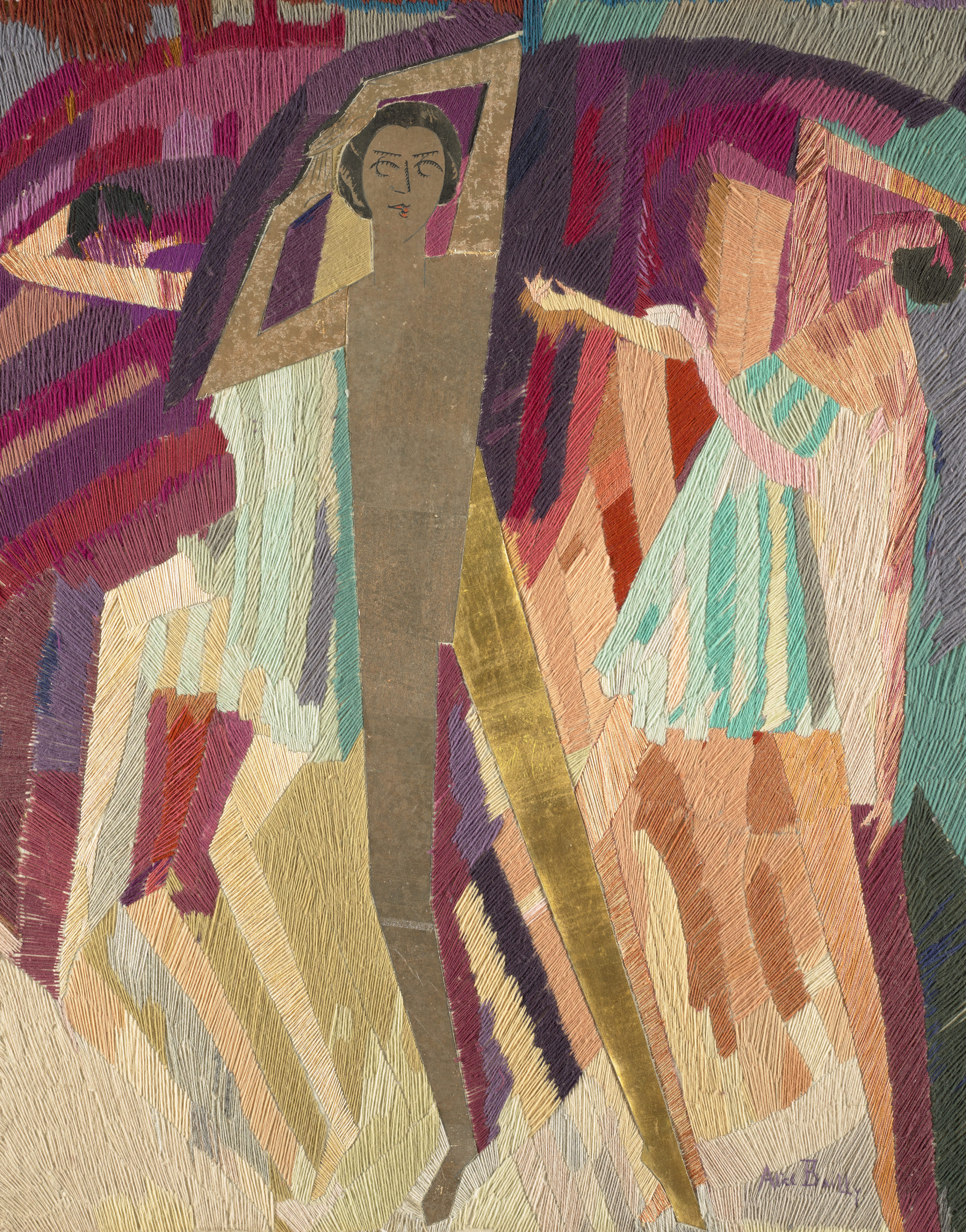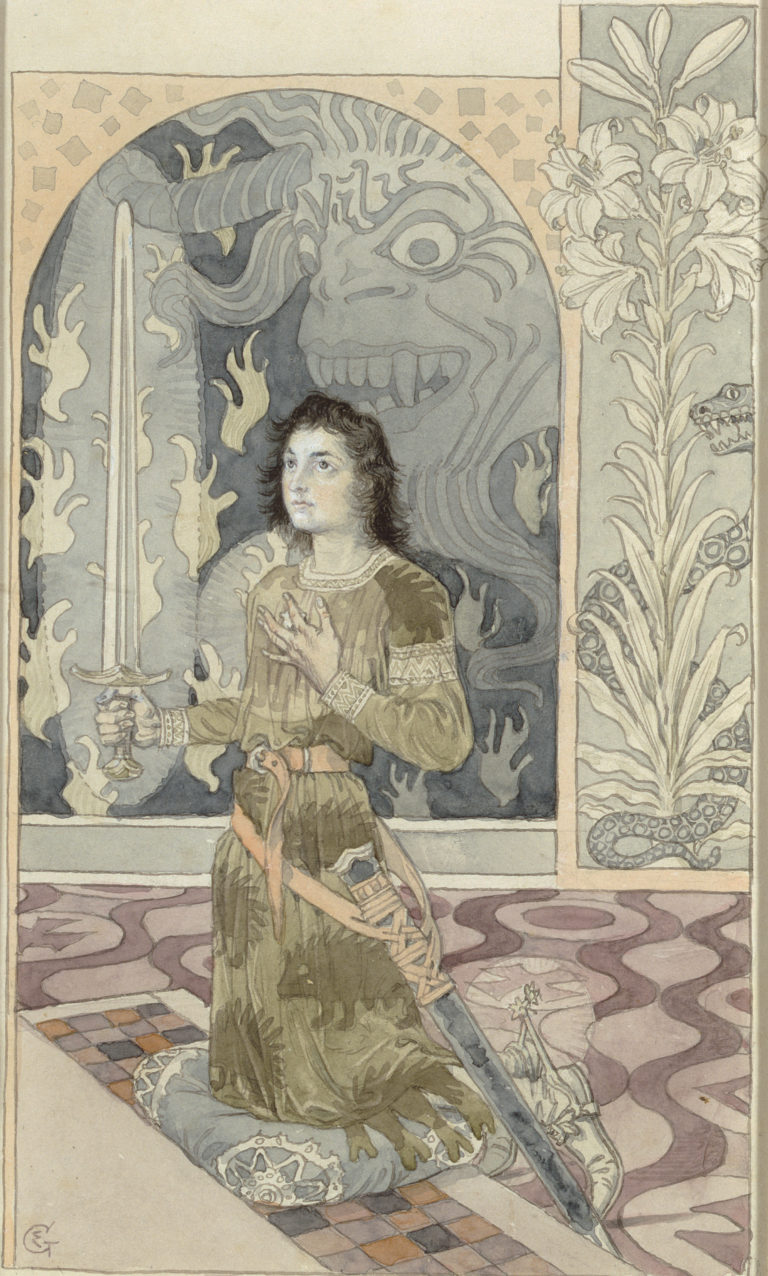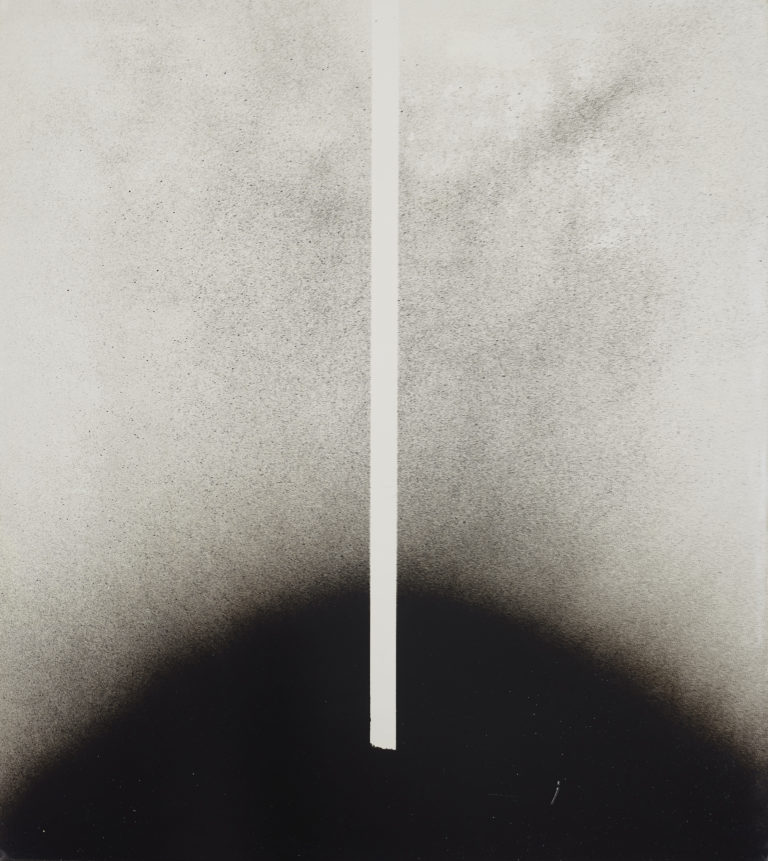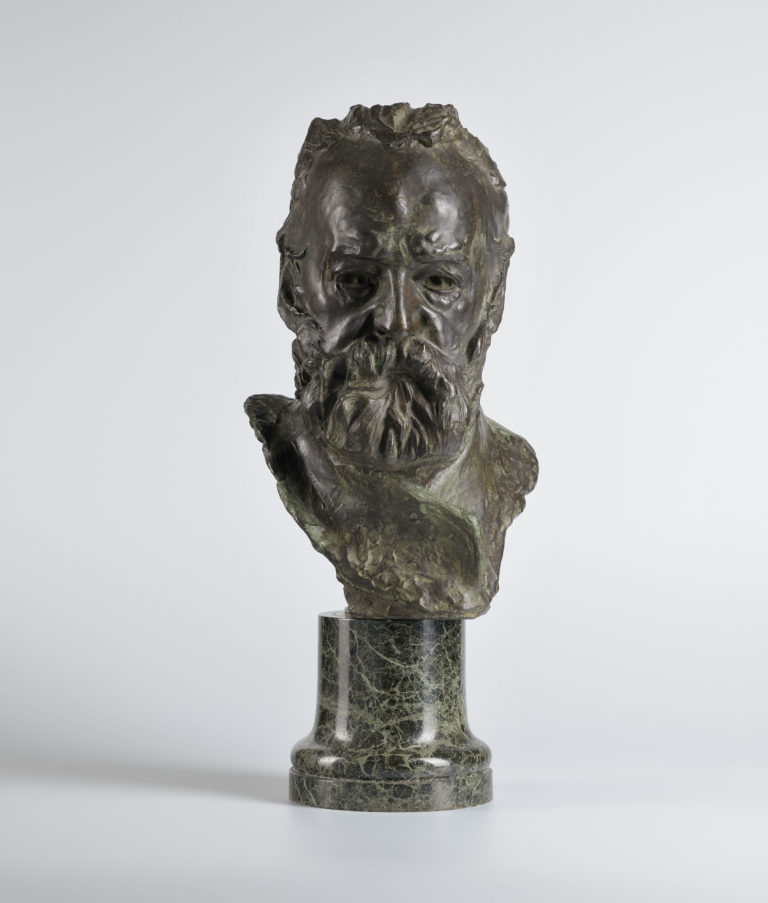Bibliography
Paul-André Jaccard, Alice Bailly. La fête étrange, exh. cat. Lausanne, Musée cantonal des Beaux-Arts, Milan, 5 Continents Editions, 2005: n. 141.
Albert Rheinwald, L’art d’Alice Bailly. Avec un poème de Henry Spiess, Geneva, Galerie Moos, 1918.




Published in 1918 by Albert Rheinwald, the first monograph on Bailly insists on the originality of her most recent work: ‘[B]efore our eyes wool becomes a precious, expressive and living material on a par with oil, pastel, marble or gold.’ Bailly refused to see any hierarchy between her oil paintings and her ‘wool pictures’: in her eyes, this innovative technique was simply an extension of the register of her means of expression. ‘Let no one come and talk to me about applied art!’ insisted Rheinwald, who had a sense of the risk taken by the artist in exhibiting her needle works, after having fought so hard to assert herself as the equal of men in the art world.
Bailly made her first wool pictures in Geneva in 1916. Les rythmiciennes shows a dance performance with dramatic lighting in the foreground. In the background, two dancers with short skirts and hair perform a set of expressive movements inspired by the choreography of the Genevan Émile Jaques-Dalcroze, the promoter of eurhythmics. Most of the surface is rendered in muted colour thread and pastel. The matt wool is used only for costumes and sets, and glossy silk for the bared parts of the legs and arms. For the main dancer, Bailly also used collage, with gold and silver paper for the leotard. Her face is outlined in black ink, with the line of her eyes and her nose imitating the stitch of the oversewing.
For this composition, Bailly took inspiration from a show by Lucienne Rouché, daughter of the director of the Opéra de Paris Jacques Rouché and wife of the painter Valdo Barbey. This work is yet another reflection of the artist’s continuing interest in dance, which runs from her portrait of Jacqueline Marval at the Bal Van Dongen (1914, private collection) to her final large paintings for the foyer of the Théâtre municipal in Lausanne (1936).